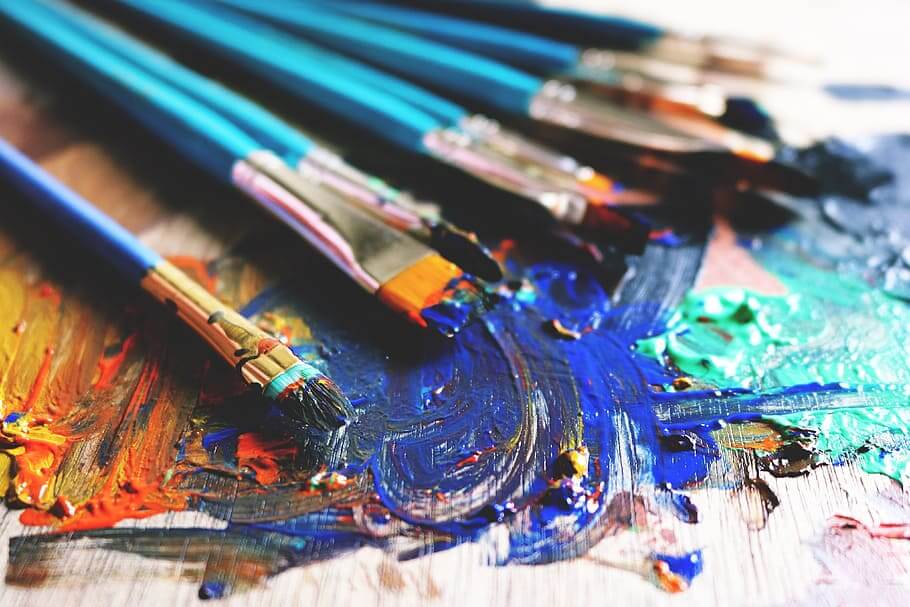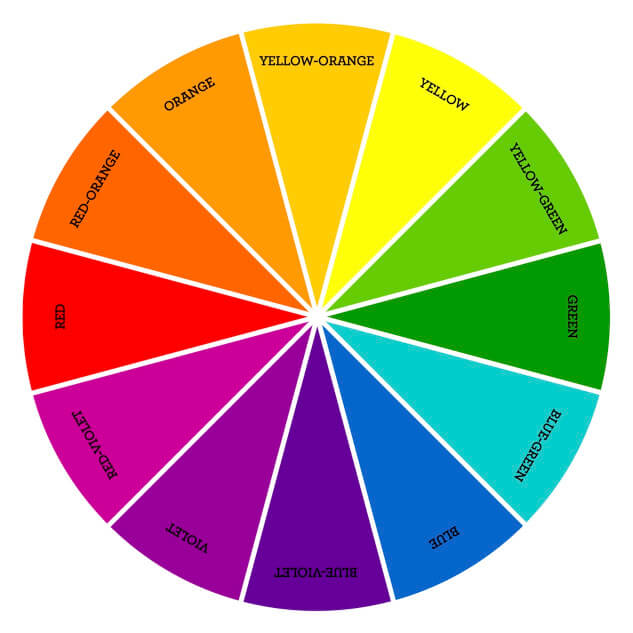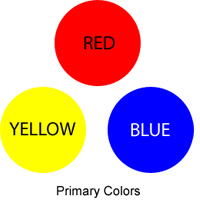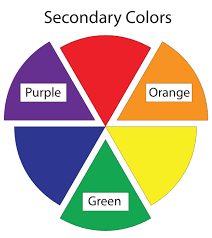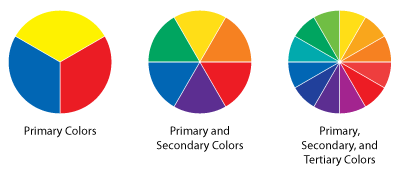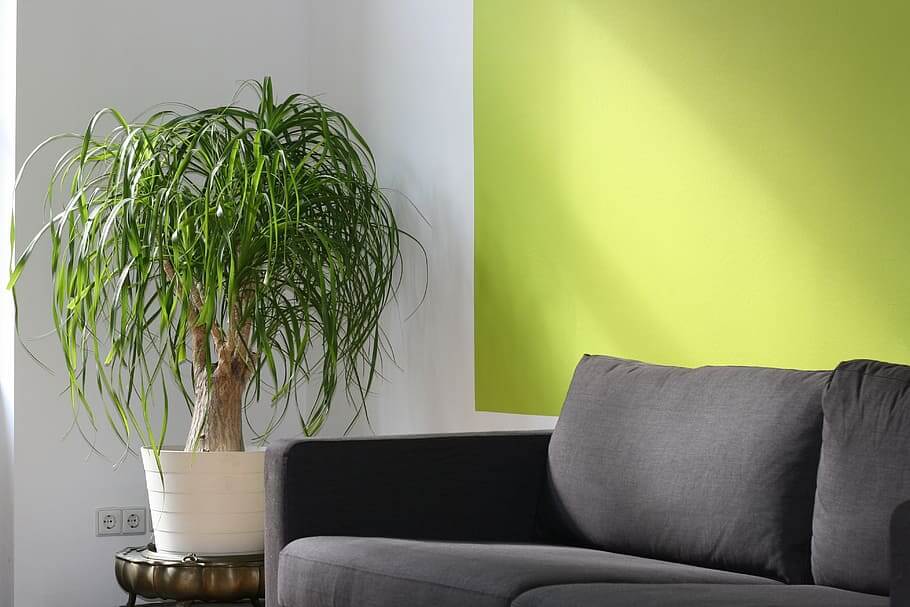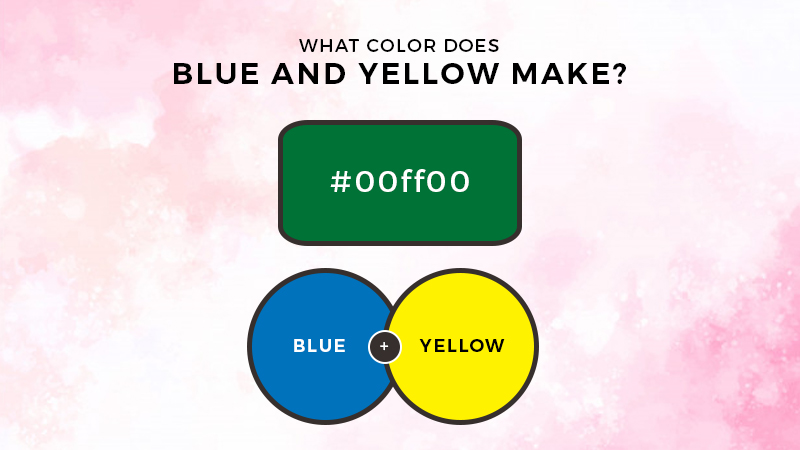Blue and Yellow Mixed! What Color Does Blue and Yellow Make
Wondering what color will appear once you mix blue with yellow?
Whether you need to create variety in your art or want to maximize your available color resources, mastering the art of color mixing comes as an indispensable skill in the art realm.
Not only does it permit you to manipulate your composition to evoke a particular mood, but it also allows you to relay your desired message with greater accuracy.
If you’re an artist who wants to improve their craft or an interior designer needing to get out of a rut, chances are you’re aiming to understand every aspect of color mixing.
To give you a good start, here’s everything you need to know about the colors blue and yellow – and what you can expect when you mix them.
Read on.
The Color Theory: Your Way to Mastering the Art of Color Mixing
As you all know, understanding color mixing is a prerequisite for ensuring the successful use of colors in painting. However, before you master mixing, it’s imperative to understand “Color Theory.”
In art and design, this refers to the set of rules and guidelines that indicate the relationship between colors and the physiological impacts that come with each of them.
For artists and designers alike, these rules and guidelines help them identify the right colors to use in their creations and evoke the right emotions from their viewers.
To help you better understand color theory, it’s wise to take a look at the “Color Wheel” first.
What is the Color Wheel?
Basically, the color wheel is the foundation of color theory. In kindergarten, this topic becomes seared in our memories as we play fun games and make exciting creations while tackling the subject.
In its basic definition, the color wheel is essentially a circular representation of the relationships between colors. In art and design, it serves as an important tool to help artists understand the science and art of using colors.
Historically, the first circular color diagram was introduced by Sir Isaac Newton in 1666. However, as the years passed by, different variations of the color wheel have been introduced; among which, the RYB (or artistic) color model has become the most popular and widely used.
Under the RYB color wheel, a collection of 12 colors are divided into 3 categories: three primary colors, three secondaries, and six tertiaries.
To help you better understand each division, here are a few things you should know:
Primary Colors:
In the RYB (or subtractive) color model, the primary colors are red, yellow, and blue.
As indicated by the word “primary,” these colors act as the prime ingredients from which all other colors are derived. These colors are pure and can’t be created by simply mixing colors together.
Secondary Colors:
Meanwhile, secondary colors refer to the colors derived when you mix two primaries together.
These include the color green, which comes from mixing blue and yellow together; the color orange, which is made by blending yellow and red; and the color purple, which is created when you mix blue with red.
Tertiary Colors:
Lastly, tertiary colors refer to those derived when you mix a primary with a secondary color. Overall, there are six colors that fall under this category.
These include red-orange, yellow-orange, yellow-green, blue-green, blue-violet, and red-violet.
What Color Does Blue and Yellow Make
Now that you’ve had a brief recap of the color theory and the color wheel, you’ve likely already realized (because we totally gave it away) that blue and yellow are both primary colors, which, when mixed together, will result in a secondary color: green.
Green in Design
From recreating an image of the forest, emeralds, leaves, alligators, peas, and many more, you are sure to never run out of things that exhibit the color green.
In art and design, since this secondary color is associated with nature, it is usually used to indicate growth, rebirth, and abundance.
Since it is derived by mixing blue and yellow, it presents the same calming attribute linked to the color blue and the same energy as the color yellow.
The Bottom Line
We hope you enjoyed our deep discussion on what colors blue and yellow make.
Have you learned a lot from our brief discussion of color theory, color wheel, and color mixing? We hope you have!
By understanding the relationships between colors, you are sure to easily identify which among them is best to use when practicing your craft and relaying your intended messages. Learn more about the different color combinations by experimenting with your available color resources.
Let your discovery of color mixing begin today!
Read Latest Posts

Hi, I'm Anthony Tran! Welcome to my site. I live in Arizona and am obsessed with all things related to building an Online Business and working from home. Learn about my journey here.
Follow Online

